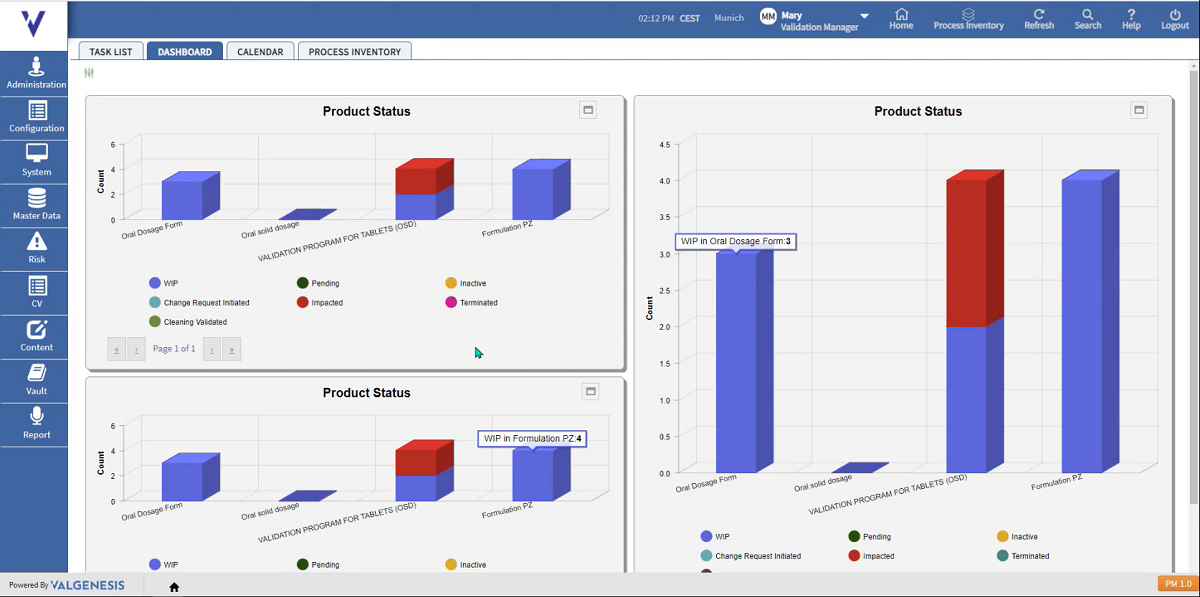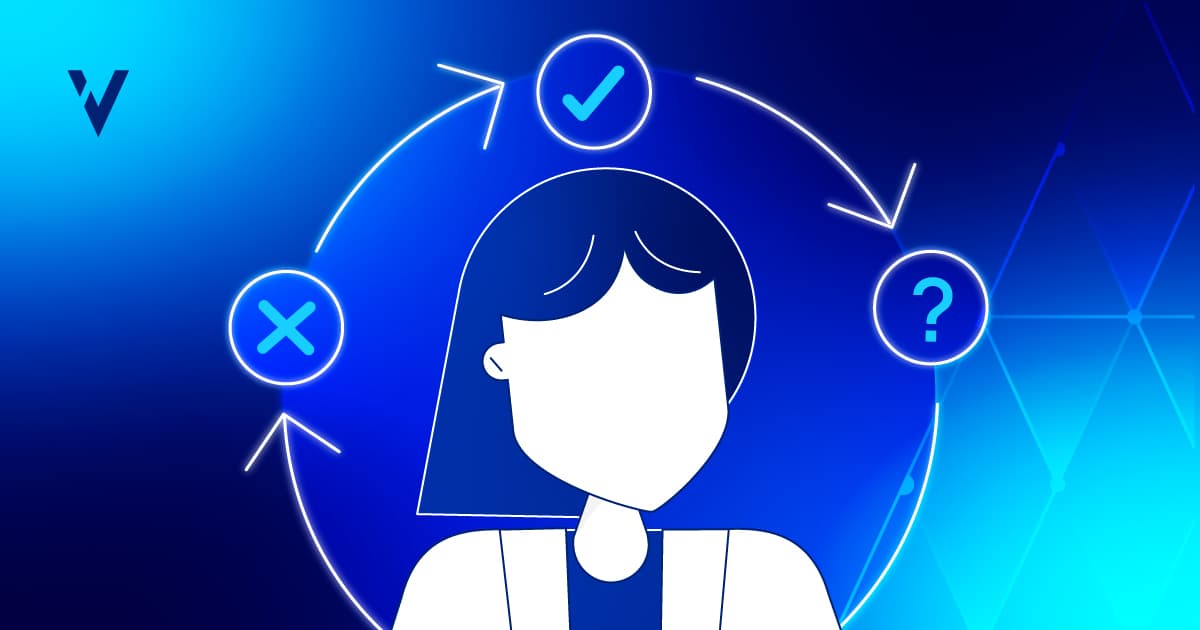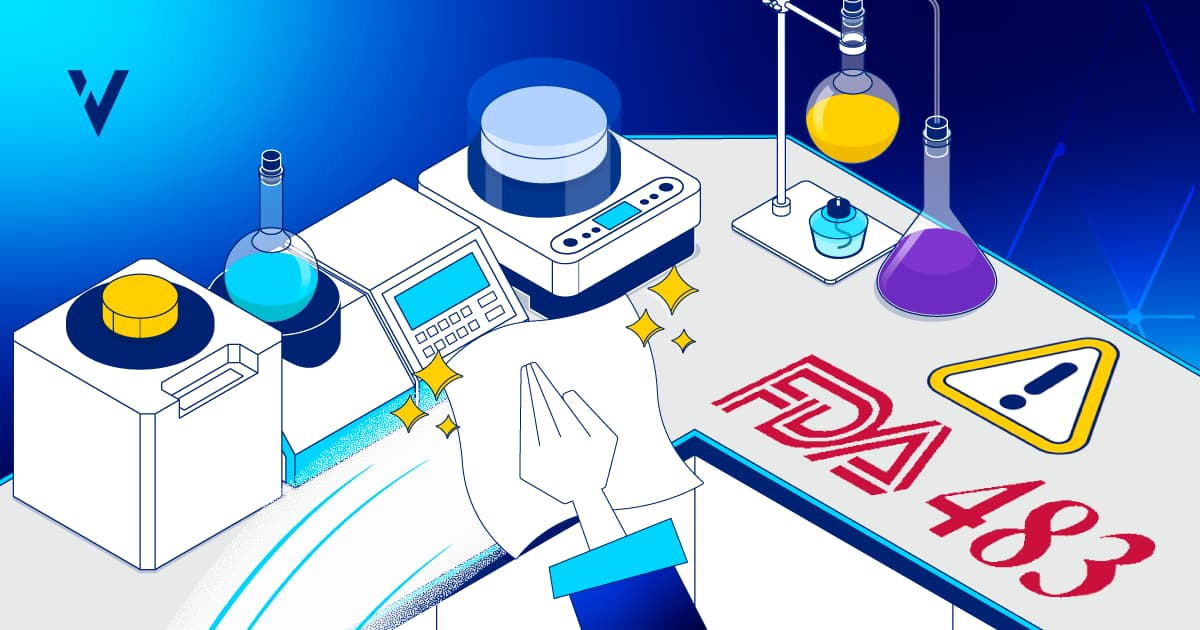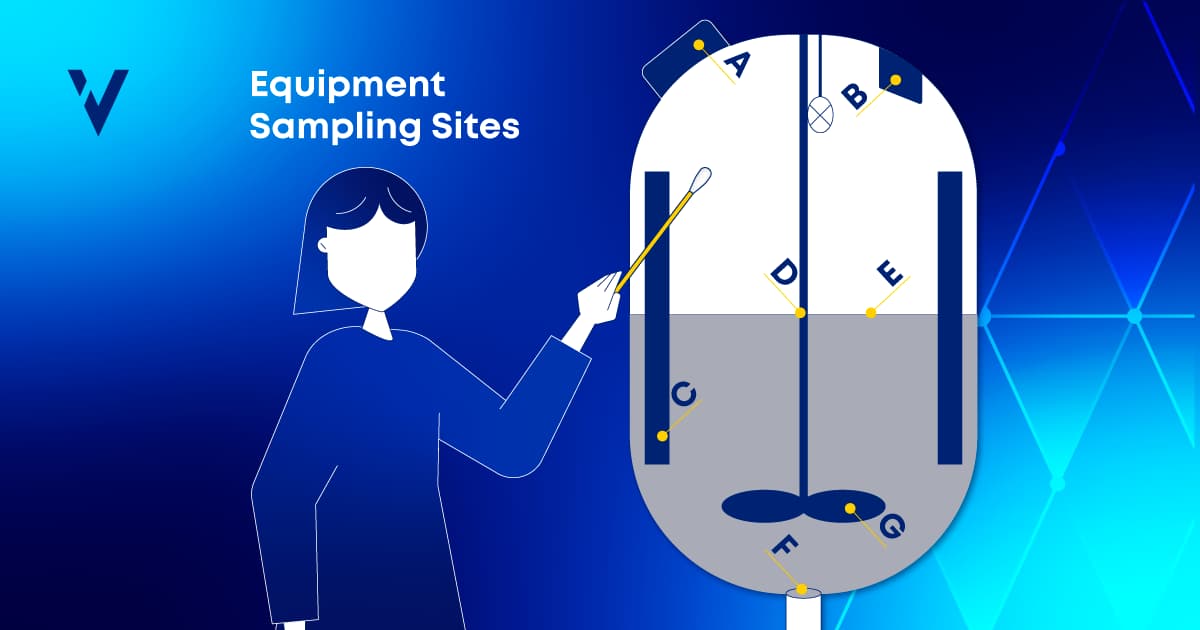In the pharmaceutical manufacturing industry, maintaining high standards of cleanliness is not just a best practice, it is a regulatory necessity. Cleaning validation ensures that any residues from previously manufactured products are thoroughly removed from the equipment before manufacturing a new product. This helps prevent cross-contamination, ensure product quality, and protect patient safety. The stringent regulations governing cleaning validation have evolved in response to several contamination incidents and product recalls that posed significant health risks.
In this article, we will delve into essential regulations and guidance documents concerning cleaning validation, explore the obstacles faced in meeting these standards, and wrap up by highlighting the value that ValGenesis Process Manager brings to the organization as a whole.
Key Regulatory Documents and Their Challenges
Cleaning validation is governed by many regulations and guidance documents. Despite this regulatory focus, contamination remains a leading cause of drug recalls, according to the FDA. List below are some of the most relevant agency directives outlining expectations for an effective cleaning validation program. While this list is comprehensive, it is not exhaustive, as many regulations and guidelines address cleaning validation in various contexts.
- FDA 21 CFR Part 211.67: This section of Title 21 of the Code of Federal Regulations (CFR) mandates regular cleaning and maintenance of equipment to prevent contamination. It requires detailed written cleaning procedures, including schedules, methods, materials, and responsibilities. Adhering to these requirements manually can be challenging due to the extensive documentation and frequent updates needed to ensure compliance.
- FDA 21 CFR Part 211.182: This section of the code requires manufacturers to maintain the logs for cleaning, maintenance, and use of major equipment. These logs must capture not only the date, time, batch number, and lot number but also details of who performed the activity and how it was conducted.
- ICH Q7 for Good Manufacturing Practices: This guideline emphasizes the importance of cleaning procedures in active pharmaceutical ingredient (API) manufacturing. It calls for comprehensive risk assessments and impact evaluations to prevent cross-contamination. Conducting these assessments manually is time-consuming and prone to human error, making it difficult to consistently meet the guideline's stringent standards.
- APIC Guidance on Aspects of Cleaning Validation in API Plants: This document provides detailed guidance on setting up acceptance criteria, determining the level of cleaning, controlling the cleaning process, bracketing, and worst-case rating, measuring residue amounts, and drafting a cleaning validation protocol.
- ASTM E3106-18: This guidance emphasizes a lifecycle approach to cleaning validation, including development, qualification, and verification, with a focus on cleaning product contact surfaces. It advocates using risk assessment and statistical tools through the development and validation phases. The application of risk assessment should not be limited to cleaning chemistry and process but also cover equipment and procedural hazards, equipment design, cleaning equipment design and qualification, and so on.
- EMA EudraLex Volume 4, Annex 15: This document offers detailed guidance on qualification and validation processes, including cleaning validation. It specifies requirements for risk assessments, cleaning agent selection, and verification of cleaning effectiveness. Manually managing these complex tasks can lead to inconsistencies and noncompliance, particularly in multi-product facilities.
- ISPE Guide on Cleaning Validation Lifecycle: This comprehensive guide outlines best practices for cleaning validation across the entire lifecycle, from design to routine monitoring. It includes detailed methods for establishing residue limits and validating cleaning processes. Manual adherence to these methods is labor-intensive and increases the risk of oversight, potentially compromising product safety and quality.
The sheer complexity and volume of data required by regulators underscores the difficulties of managing a cleaning validation program manually.
Challenges in Cleaning Validation
Despite its critical importance, cleaning validation is a complex and challenging process. Common difficulties include:
- Manual Methods: Traditional cleaning validation often relies on manual methods for sampling, testing, and documentation. These methods are time-consuming and prone to human error, leading to inconsistent results and increased compliance risks.
- Calculations: Accurate calculations of residue and carryover limits, shared surface areas, and cleaning agent concentrations are essential but complex. These calculations require a deep understanding of the solubility and chemistry of residues, which can vary significantly between different products and equipment.
- Limit selection: The selected acceptance criteria for the residue limit must align with the limit of detection. To study residue cleaning accurately, a detailed understanding of established analytical methods is required.
- Risk Assessments: Conducting risk assessments to identify potential contamination risks is challenging. It requires comprehensive knowledge of the manufacturing process, equipment design, and the properties of the products being manufactured.
- Impact Assessments: It is crucial to evaluate the impact of any change to product, agents, or equipment on identified risks, product quality, and patient safety. This involves a complex evaluation of all production steps and associated cleaning procedures. Manually tracing these impacts and determining the appropriate actions is cumbersome and prone to errors and omissions.
- Multiple Systems: Managing cleaning validation data across multiple systems—such as laboratory information management systems (LIMS), manufacturing execution systems (MES), enterprise resource planning (ERP) systems, and even spreadsheets—can be cumbersome and lead to siloed data and increased risk of errors.
Addressing the Challenges with ValGenesis Process Manager
Effectively managing the sheer volume of data, complex calculations, impact assessments, and necessary reporting required to demonstrate that your cleaning program is in a state of control is a significant challenge. To streamline and optimize the entire process, leveraging a comprehensive digital platform is highly recommended.
ValGenesis Process Manager offers a robust solution by digitizing and automating the cleaning validation process. Here's how it adds value at different organizational levels:
- User Level: For operators and quality control personnel, ValGenesis Process Manager provides an intuitive interface that simplifies data entry and reduces human error. Automated workflows guide users through each step of the cleaning validation process, ensuring consistency and compliance while eliminating rework. Real-time data capture and analysis enable immediate identification and resolution of issues.

Screenshot: Automatic residual calculations eliminate the use of spreadsheets and reduce human errors. - Manager Level: For managers, ValGenesis offers robust tools for tracking and monitoring cleaning validation activities. Dashboards provide a real-time overview of the status of all validation activities, highlighting any delays or deviations. Systematic impact assessments enforce required workflows and reduce omissions. Managers can easily generate reports to demonstrate compliance with regulatory requirements, facilitating audits and inspections.

Screenshot: Change impact assessment action item status view. - Executive Level: At the executive level, ValGenesis provides insights into the overall effectiveness and efficiency of cleaning validation processes. By aggregating data across multiple facilities, executives can identify trends, benchmark performance, and make data-driven decisions to improve operational efficiency, and reduce costs. The platform's comprehensive reporting capabilities support strategic planning, ensure regulatory compliance, and accelerate time to market.

Screenshot: Dashboard views provide up-to-date status.
Staying Ahead of Cleaning Validation Regulations
Cleaning validation is undeniably intricate and demanding. It often requires exhaustive documentation, complex processes, and relentless pressure to meet stringent regulatory requirements. These challenges can place significant burdens on resources and personnel, leaving little room for error. At ValGenesis, we understand the unique pressures faced by teams responsible for ensuring compliance and maintaining product integrity.
ValGenesis Process Manager is purposefully designed to address these complexities, offering a transformative solution that alleviates the burdens of traditional validation methods. By digitizing and automating the cleaning validation process, it enhances efficiency and provides a supportive framework for professionals at every level.
Watch the webinar below to learn more about how ValGenesis can streamline your cleaning validation processes and ensure compliance.
Digital Cleaning Validation Lifecycle
The industry has moved toward a structured, risk-based lifecycle approach following FDA's Process Validation Lifecycle guidance. See how to automate and digitize your cleaning validation with purpose-built tools.
Cleaning Validation
Rui Almeida
Director - Consulting Services



